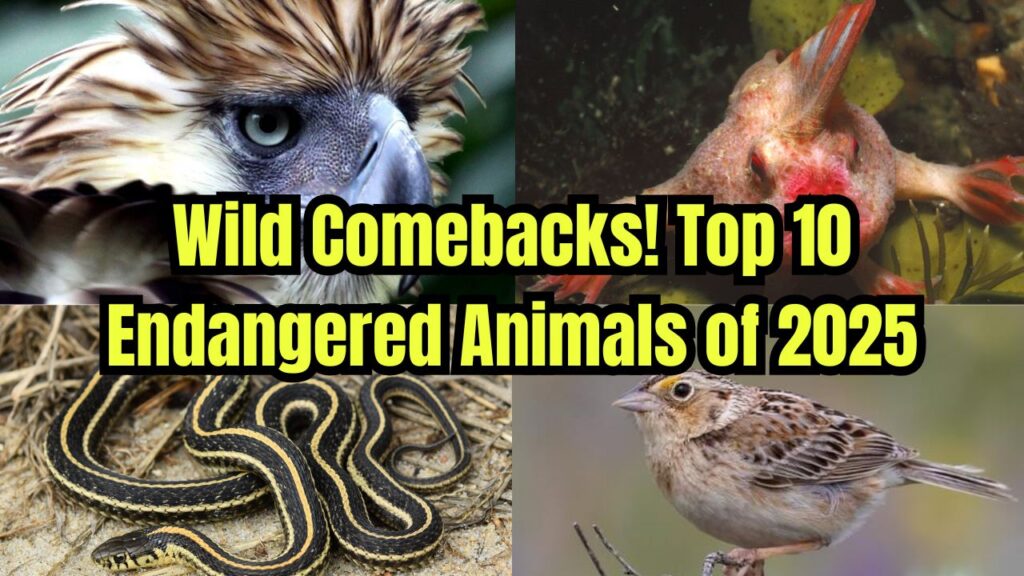
Endangered animals making a comeback in 2025 is not just a heartwarming headline—it’s a testament to the power of conservation, global collaboration, and science-driven wildlife management. As of the first quarter of 2025, we’re seeing significant population rebounds in several critically endangered species around the world. From lush islands in the Seychelles to small creeks in California, nature is giving us reason to hope.
These stories of recovery show us that with the right strategies and dedicated efforts, even the most vulnerable species can fight their way back from the brink of extinction. Whether you’re a biologist, a policy-maker, or simply an animal lover, the revival of these species offers practical insights into what works in conservation.
Top 10 Endangered Animals
| Species | Status | Region | 2025 Milestone |
|---|---|---|---|
| Wright’s Gardenia | Critically Endangered | Seychelles | Record 2,913 trees found |
| Chinook Salmon | Threatened | California, USA | 735 adult spawners in Putah Creek |
| Gray Wolves | Endangered | Northern California | 2 new packs discovered |
| Red Handfish | Critically Endangered | Tasmania | 232 hatchlings in captivity |
| Florida Grasshopper Sparrow | Critically Endangered | Florida, USA | 1,000th sparrow released |
| Philippine Eagle | Critically Endangered | Philippines | 31st chick hatched in captivity |
| Plains Garter Snake | Vulnerable | Ohio, USA | 400+ released by Columbus Zoo |
| Eastern Monarch Butterfly | Near Threatened | North America | Population increase reported |
| European Mink | Critically Endangered | Europe | Increased rewilding efforts |
| Antillean Manatee | Vulnerable | Caribbean | Ongoing recovery initiatives |
The top 10 endangered animals making a comeback in 2025 provide a powerful reminder: conservation works. From the snowy forests of California to the warm waters of the Caribbean, these stories show us that with dedication and cooperation, we can reverse the tide of extinction. Let’s continue to support, learn, and act.
By staying informed, participating in conservation, and holding policymakers accountable, we all play a role in preserving Earth’s incredible biodiversity for generations to come.
Why This Matters
The ongoing recovery of these endangered animals in 2025 is not just about biodiversity. Healthy animal populations support entire ecosystems, helping to maintain soil health, pollination, water quality, and even climate regulation.
Each comeback story is an example of:
- Science-backed conservation efforts
- Policy-driven habitat protection
- Community involvement and awareness campaigns
Let’s Dive into the Details of Each Success Story
1. Wright’s Gardenia (Rothmannia annae)

Once thought to be vanishing, this fragrant tree native to Aride Island in the Seychelles has made a stunning comeback. A recent census recorded 2,913 mature trees, up from just 2,000 in 2017. Conservationists credit strict habitat protections and the elimination of invasive species for this growth.
“It’s an astonishing recovery that shows the power of targeted island conservation,” says conservation biologist Dr. Natalie Rogers.
2. Chinook Salmon
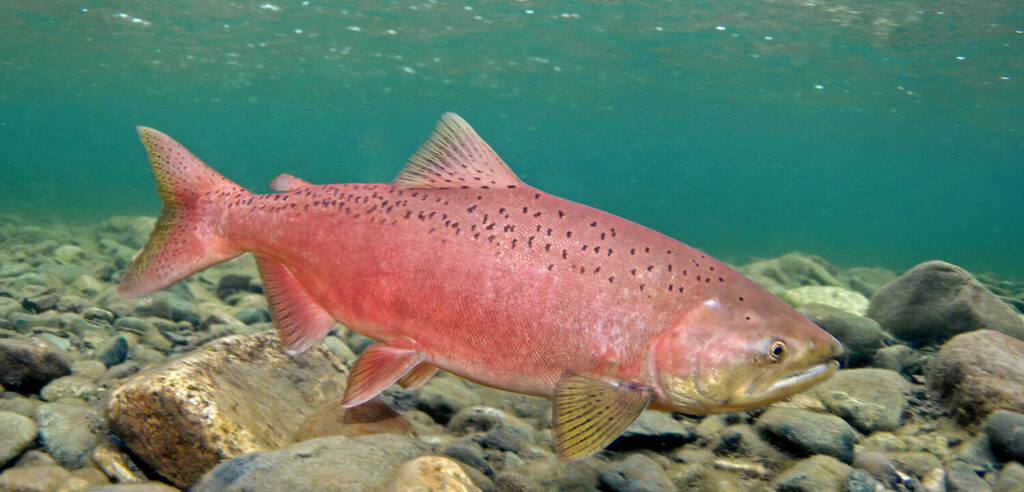
In Northern California’s Putah Creek, a University of California study confirmed 735 adult Chinook salmon returning to spawn. That’s the highest number recorded in over 50 years, thanks to improved flow regimes and reduced agricultural runoff.
Practical Insight: Restoring natural water flow can significantly improve fish populations even in semi-urban rivers.
3. Gray Wolves in Northern California
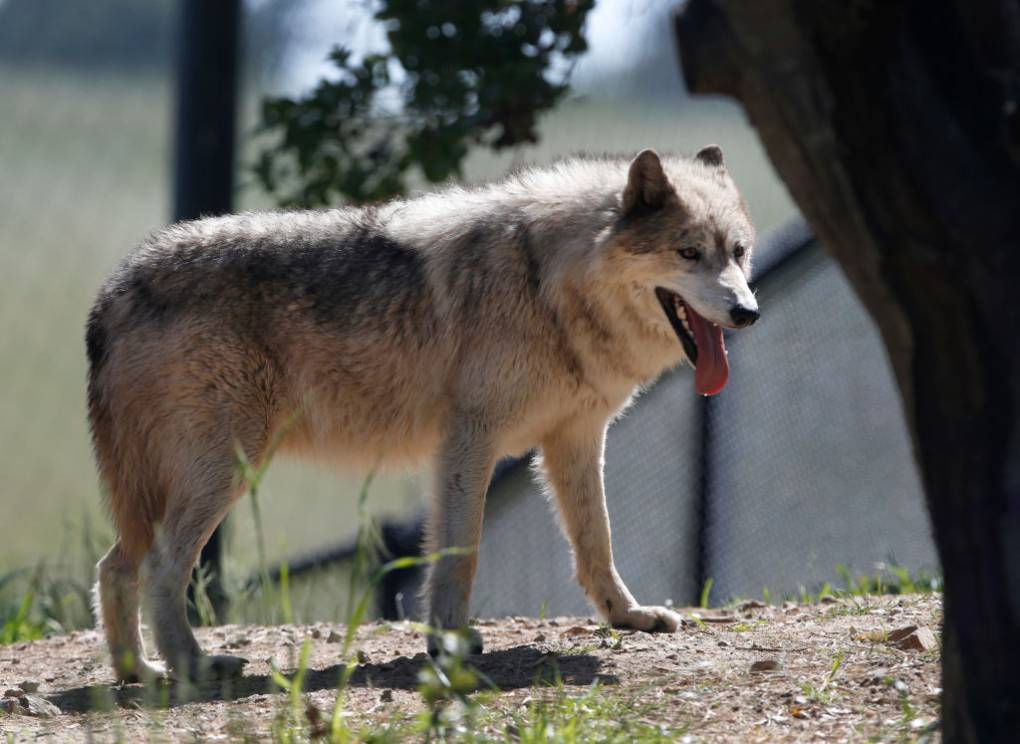
Once wiped out from California in the 1920s, gray wolves are back—and thriving. Two new packs were discovered in late 2024, bringing the total known packs in the state to nine.
Expert Tip: Wolves play a crucial role in controlling deer populations and balancing ecosystems.
4. Red Handfish
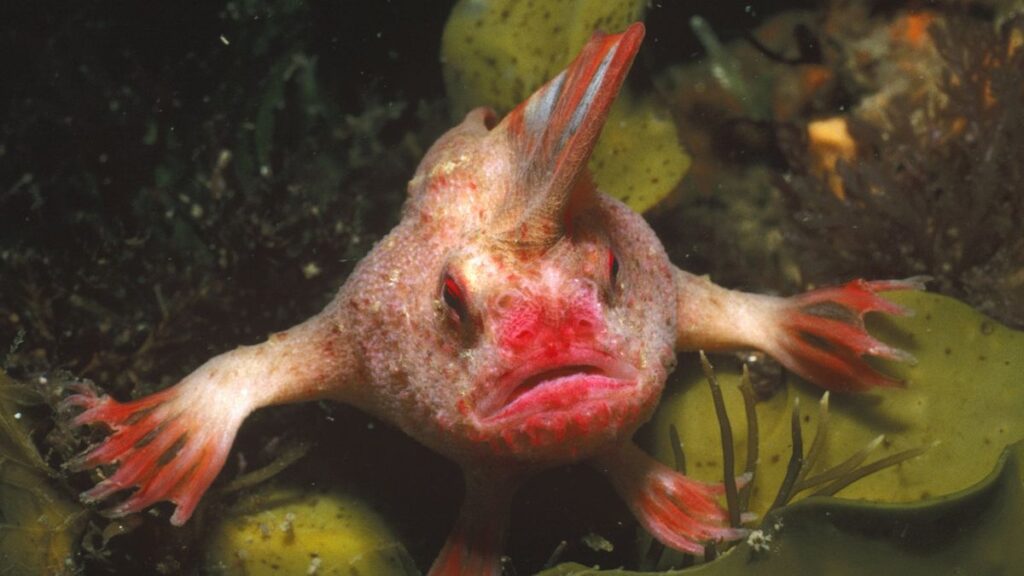
One of the rarest fish in the world, the red handfish saw 232 new hatchlings born in captivity at the Institute for Marine and Antarctic Studies in Tasmania. This triples the known population in captivity, with plans for a carefully managed release later this year.
Conservation Approach: The success is attributed to careful water chemistry control, genetic diversity monitoring, and controlled feeding regimens.
5. Florida Grasshopper Sparrow
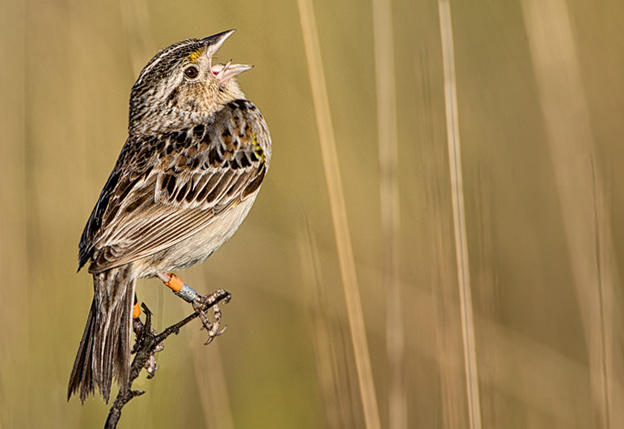
Captive breeding and reintroduction programs have helped increase wild populations from fewer than 30 individuals in 2016 to over 120 today. The 1,000th bird was released into the wild in 2024, and the momentum has continued into 2025.
Actionable Tip: Local landowners participating in habitat conservation have been crucial to this bird’s recovery.
6. Philippine Eagle
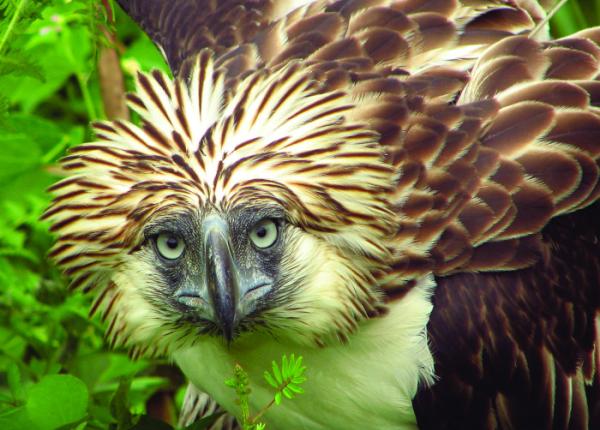
This majestic bird of prey is a national symbol in the Philippines. The 31st chick born in captivity, named Riley, marks the first successful pairing without human intervention.
Fun Fact: These eagles need over 7,000 hectares of forest to thrive—highlighting the importance of preserving large habitats.
7. Plains Garter Snake
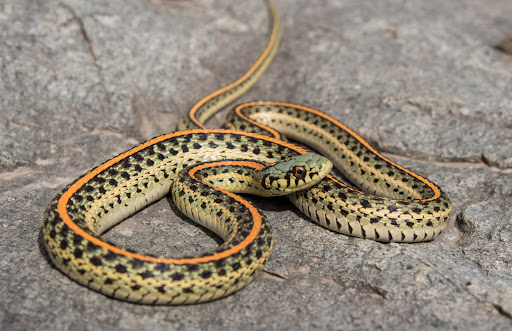
Thanks to a two-decade-long effort by the Columbus Zoo, over 400 snakes have been released into protected grassland habitats in Ohio. These snakes help manage insect populations and serve as prey for larger species.
Note: Native grassland restoration has played a critical role in this effort.
8. Eastern Monarch Butterfly

A mild winter and effective conservation efforts led to an uptick in the butterfly’s population. While still considered near threatened, their iconic migration is gaining strength again.
Advice: Planting milkweed and reducing pesticide use are simple ways individuals can help.
9. European Mink
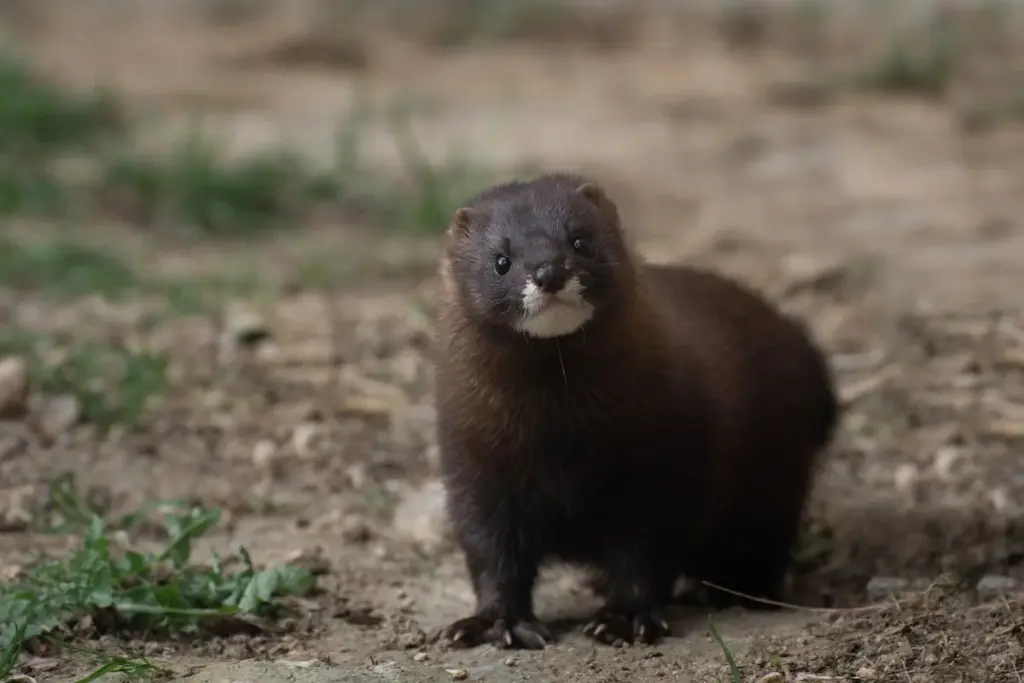
This elusive carnivore has seen a boost through rewilding programs across Eastern Europe. Habitat corridors and the removal of invasive American mink are key strategies.
Scientific Backing: Genetic testing ensures released individuals come from robust, diverse bloodlines.
10. Antillean Manatee
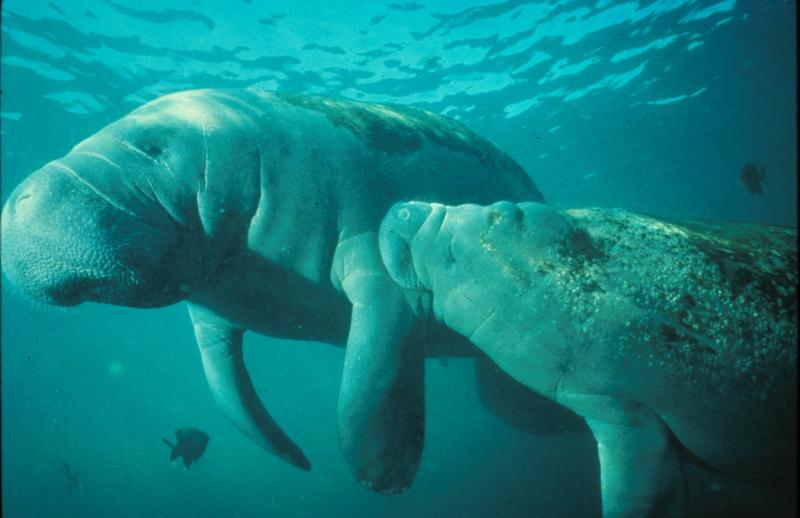
Recovery plans focusing on boat speed regulations and habitat preservation have begun to stabilize the Antillean manatee population in the Caribbean.
Takeaway: Legal protections, when enforced, can have direct, positive impacts on species health.
New Additions to Support the Reader
Global Conservation Lessons Learned
- Collaborative Conservation Works: Many successes involved NGOs, governments, scientists, and local communities.
- Habitat is Key: Without safe, suitable habitat, species can’t recover. Habitat restoration remains the foundation of conservation.
- Adaptive Management: Using technology (like GPS tracking, drones, and eDNA) allows for real-time monitoring and adjustments.
What You Can Do Today
- Donate to Reputable Conservation Groups like WWF, Audubon Society, or local wildlife trusts.
- Volunteer at wildlife sanctuaries or environmental restoration events.
- Advocate for Wildlife Policies by contacting your local representatives.
- Reduce Plastic Use and Emissions: These actions benefit the broader ecosystems animals rely on.
Frequently Asked Questions (FAQs)
Q1: Can endangered species really recover without human help?
A: While nature is resilient, most endangered species today rely on human intervention, including habitat restoration, captive breeding, and legal protections.
Q2: How can I help endangered species from home?
A: Support reputable organizations, reduce single-use plastics, plant native species, and advocate for environmental policies.
Q3: What is the most effective conservation strategy?
A: There’s no one-size-fits-all solution. Effective strategies often combine science, community engagement, and policy enforcement.
Q4: Are these animals still at risk?
A: Yes. While these milestones are promising, continued monitoring and funding are essential to maintain progress.
Q5: How do conservation successes benefit humans?
A: Recovering ecosystems provide clean water, air, and stable climates, which directly benefit agriculture, health, and economies.










